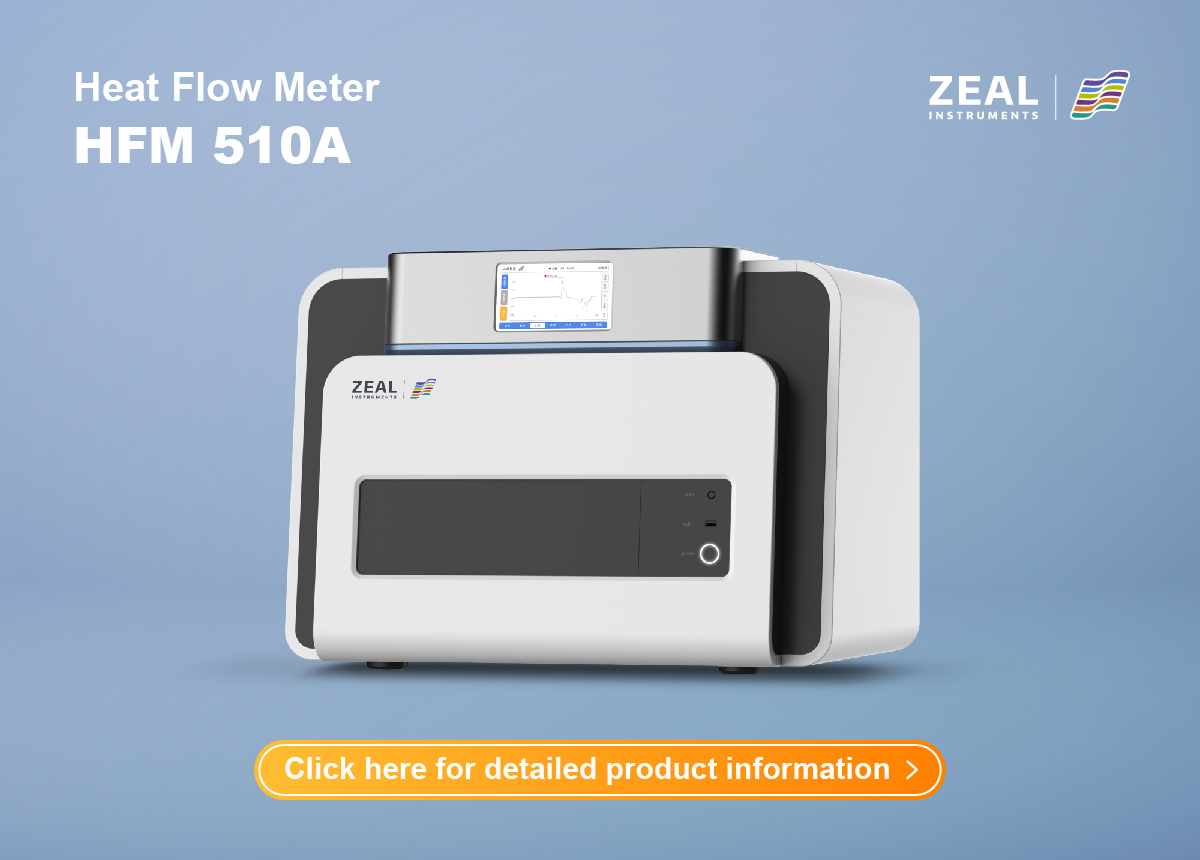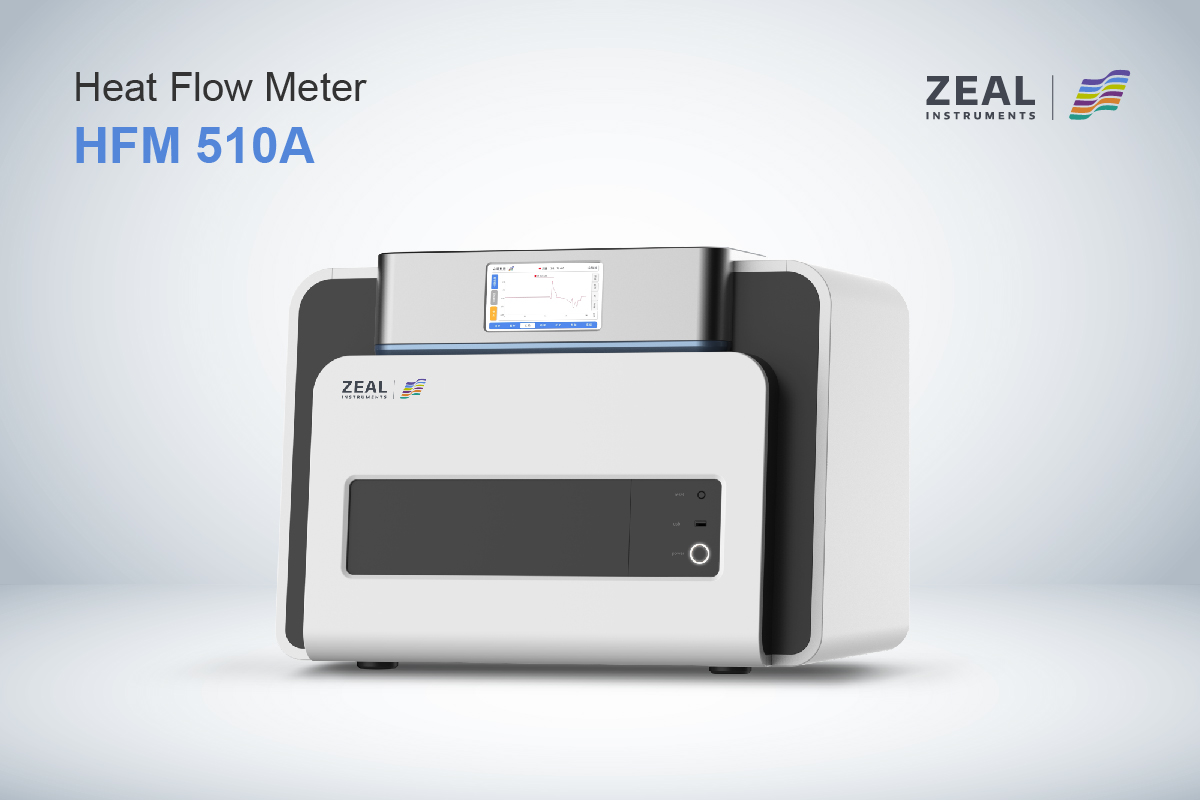Thermal Conductivity Measurement Device: A Guide
If you need to measure the thermal conductivity of a material, a thermal conductivity measurement device is the tool you need. These devices are used to measure the ability of a material to conduct heat. Thermal conductivity is an important property in many fields, including engineering, physics, and materials science.
A thermal conductivity measurement device works by applying a temperature difference across a sample of material and measuring the resulting heat flow. The device can then calculate the thermal conductivity of the material. There are several types of thermal conductivity measurement devices available, ranging from simple handheld devices to complex laboratory instruments. Depending on your needs, you can choose a device that is portable and easy to use, or a more advanced model that provides highly accurate measurements.
Overall, a thermal conductivity measurement device is an essential tool for anyone who needs to measure the thermal conductivity of materials. Whether you are an engineer, a physicist, or a materials scientist, these devices can help you to better understand the properties of the materials you are working with. With so many different types of devices available, it’s important to choose the one that best meets your needs and budget.
Principles of Thermal Conductivity
When measuring thermal conductivity, it is important to understand the basic principles behind the process. Thermal conductivity refers to the ability of a material to conduct heat. This is determined by the rate at which heat is transferred through a material and is measured in units of watts per meter per Kelvin (W/mK).
Fourier’s Law
Fourier’s Law states that the rate of heat transfer through a material is directly proportional to the temperature gradient across the material and the cross-sectional area of the material. This means that the greater the temperature difference between two points in a material, the greater the rate of heat transfer. The thermal conductivity of a material can be calculated using Fourier’s Law, and this is often done using steady-state or transient methods.
Steady-State Methods
Steady-state methods involve applying a constant heat source to a material and measuring the temperature difference across the material. The thermal conductivity is then calculated using Fourier’s Law. One common steady-state method is the guarded hot plate method, which involves sandwiching a sample of the material between two plates, one of which is heated and the other cooled. The temperature difference across the material is then measured, and the thermal conductivity is calculated.
Transient Methods
Transient methods involve measuring the temperature change in a material over time after a heat source is applied. One common transient method is the 3ω method, which involves applying an AC to a thin metal film on the surface of the material and measuring the temperature change at a frequency three times the frequency of the current. The thermal conductivity is then calculated using Fourier’s Law.
In summary, thermal conductivity measurement devices work by measuring the rate of heat transfer through a material. This is done using either steady-state or transient methods, which both rely on Fourier’s Law to calculate the thermal conductivity of the material.
Types of Thermal Conductivity Measurement Devices
There are several types of thermal conductivity measurement devices available in the market. Each device has its own advantages and limitations. In this section, we will discuss some of the most commonly used thermal conductivity measurement devices.
Guarded Hot Plate
The guarded hot plate is a steady-state method for measuring the thermal conductivity of a material. This device consists of a hot plate, a sample holder, and a temperature control system. The sample is placed between two plates, one of which is heated and the other is cooled. The heat flow through the sample is measured and the thermal conductivity is calculated. The guarded hot plate is a reliable and accurate method for measuring thermal conductivity, especially for materials with low thermal conductivity. However, it is a time-consuming process and requires a large sample size.
Heat Flow Meter
The heat flow meter is a transient method for measuring the thermal conductivity of a material. This device consists of a thin, flat sample and two temperature sensors. A heat source is applied to one side of the sample and the temperature change is measured on the other side. The thermal conductivity is calculated from the heat flux and the temperature gradient. The heat flow meter is a fast and easy method for measuring thermal conductivity, especially for thin materials. However, it is less accurate than the guarded hot plate method and is not suitable for materials with high thermal conductivity.
Laser Flash Analysis
The laser flash analysis is a transient method for measuring the thermal diffusivity and thermal conductivity of a material. This device consists of a thin, flat sample and a high-powered laser. A pulse of laser light is applied to one side of the sample and the temperature change is measured on the other side. The thermal diffusivity and thermal conductivity are calculated from the time-dependent temperature change. The laser flash analysis is a fast and accurate method for measuring thermal diffusivity and thermal conductivity, especially for thin materials. However, it is an expensive method and requires a skilled operator.
In summary, the guarded hot plate, heat flow meter, and laser flash analysis are some of the most commonly used thermal conductivity measurement devices. Each device has its own advantages and limitations, and the choice of device depends on the material properties and the experimental requirements.
Factors Affecting Measurement Accuracy
When it comes to measuring thermal conductivity, there are several factors that can affect the accuracy of your results. In this section, we will discuss some of the most important factors that you need to consider when using a thermal conductivity measurement device.
Material Properties
One of the most important factors that can affect the accuracy of your thermal conductivity measurements is the material properties of the sample that you are testing. Different materials have different thermal conductivity values, and if you don’t take these differences into account, your measurements may be inaccurate. Additionally, some materials may be more difficult to measure accurately than others, especially if they have low thermal conductivity values.
Device Calibration
Another important factor that can affect the accuracy of your thermal conductivity measurements is the calibration of your measurement device. If your device is not properly calibrated, your measurements may be off by a significant margin. It’s important to calibrate your device regularly to ensure that it is providing accurate results. You should also use a calibration standard with a known thermal conductivity value to verify your device’s accuracy.
Environmental Conditions
The environmental conditions in which you take your thermal conductivity measurements can also have an impact on their accuracy. For example, if the temperature or humidity levels in your testing area are not consistent, your measurements may be affected. It’s important to control the environmental conditions as much as possible to ensure that your measurements are accurate and reproducible.
In summary, when using a thermal conductivity measurement device, it’s important to consider the material properties of your sample, calibrate your device regularly, and control the environmental conditions in which you take your measurements. By taking these factors into account, you can ensure that your results are accurate and reliable.
Applications and Industry Use Cases
Thermal conductivity measurement devices have a wide range of applications and industry use cases. In this section, we will explore some of the most common applications of these devices.
Building Materials
Thermal conductivity measurement devices are commonly used in the construction industry to measure the thermal conductivity of building materials. This is important because it helps engineers and architects to design buildings that are energy-efficient and comfortable to live in.
For example, by measuring the thermal conductivity of insulation materials, engineers can determine the effectiveness of the insulation in reducing heat loss and gain. This information can then be used to optimize the design of the building envelope, resulting in lower energy bills for the occupants.
Electronics
Thermal conductivity measurement devices are also used in the electronics industry to measure the thermal conductivity of materials used in electronic devices. This is important because electronic devices generate heat, and the heat must be dissipated to prevent damage to the device.
By measuring the thermal conductivity of materials such as thermal interface materials (TIMs), thermal greases, and heat sinks, engineers can optimize the design of electronic devices to ensure that they operate within safe temperature ranges.
Aerospace and Automotive
Thermal conductivity measurement devices are also used in the aerospace and automotive industries to measure the thermal conductivity of materials used in these industries. This is important because these industries require materials that can withstand extreme temperatures and thermal stresses.
For example, by measuring the thermal conductivity of materials used in rocket engines, engineers can ensure that the engines will operate within safe temperature ranges. Similarly, by measuring the thermal conductivity of materials used in automotive engines, engineers can optimize the design of the engines to ensure that they operate efficiently and reliably.
Thermal conductivity measurement devices have a wide range of applications and industry use cases. By measuring the thermal conductivity of materials, engineers and scientists can optimize the design of products and systems to ensure that they operate efficiently and reliably.
Advancements and Future Trends
Thermal Conductivity Measurement Devices have come a long way in recent years, and advancements in technology have enabled more precise and accurate measurements than ever before. One such advancement is the development of microscale thermal measurement devices. These devices use small-scale heaters and temperature sensors to measure thermal conductivity at the microscale level.
Another area of advancement is the use of nanofluids to measure thermal conductivity. Nanofluids are fluids that contain colloidal suspensions of nanometer-sized particles. These particles can increase the thermal conductivity of the fluid, making it easier to measure thermal conductivity in a variety of applications.
In the future, we can expect to see even more advancements in Thermal Conductivity Measurement Devices, including the development of more accurate and precise measurement techniques. One area of particular interest is the use of metamaterials to improve heat transfer. Metamaterials are artificial structures with novel thermal properties, and they have the potential to transform heat transfer in a variety of applications.
Overall, the future of Thermal Conductivity Measurement Devices looks bright, with new technologies and techniques enabling more precise and accurate measurements than ever before. As the demand for more efficient and effective thermal management continues to grow, we can expect to see even more advancements in this field in the years to come.






































